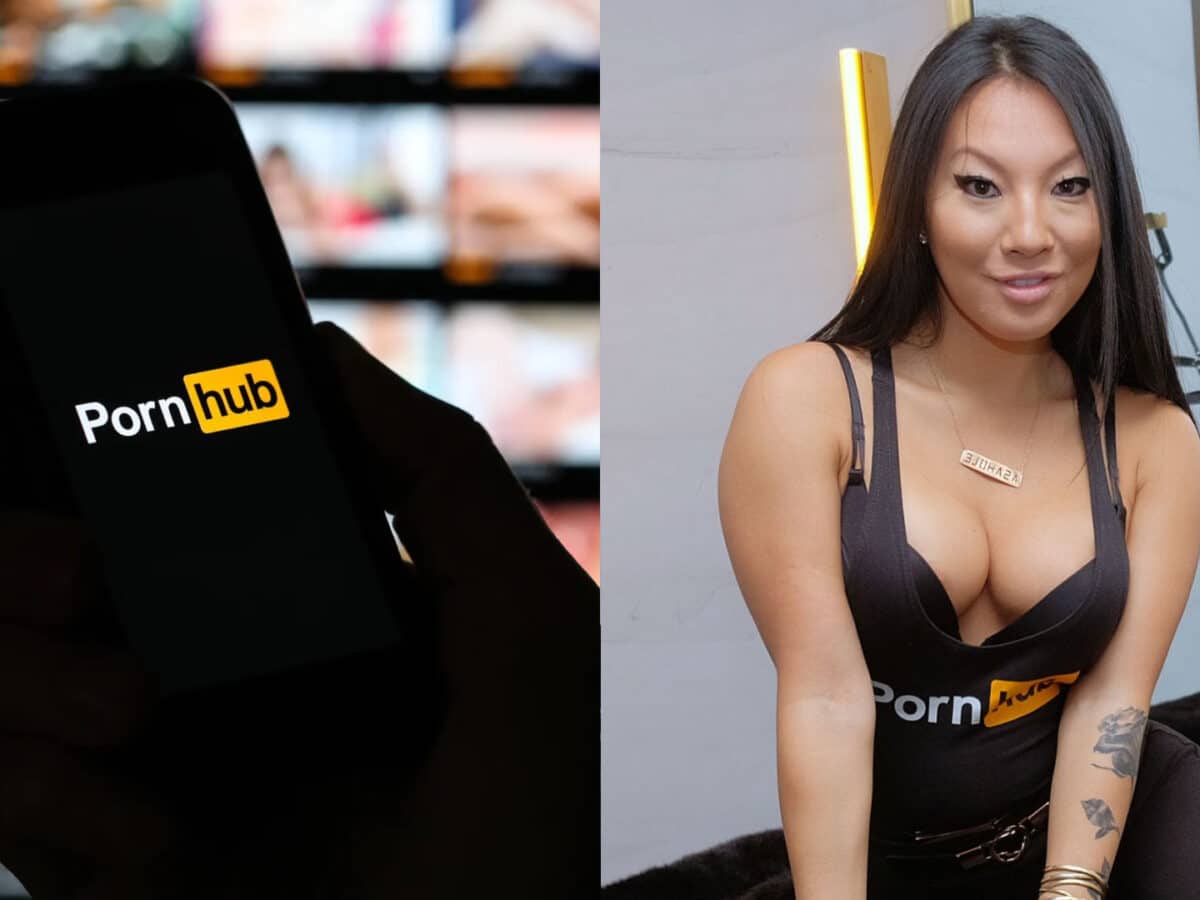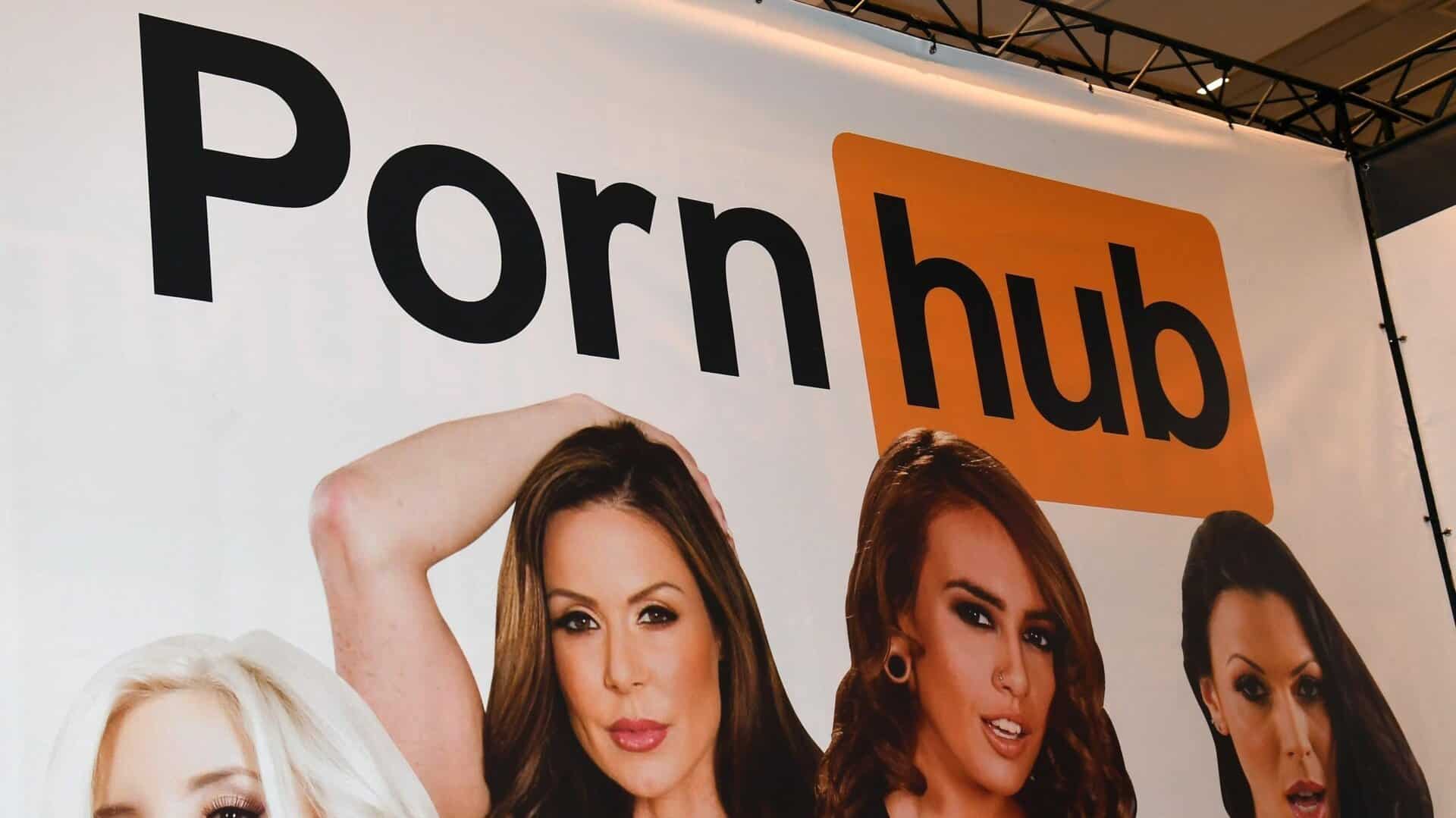The internet was abuzz with rumors that Ohioans would soon be cut off from Pornhub after the state’s new age-verification rules went into effect. They won’t. It’s not a tech workaround or a backroom deal — it’s a legal carveout baked into Ohio law that treats platforms for user-generated content differently from publishers of the same.
What Ohio’s Law Actually Mandates for Adult Sites
Ohio’s law says that commercial websites or online services that post material considered obscene or harmful to juveniles must verify a visitor’s age using “age verification or user data verification in certificates of consent” with high confidence, such as through some form of an identification card check, a confirmed parental consent form based on review of a valid government identification card, or use of the “reasonable measures” with respect to obtaining knowledge by the website operator from another entity that has represented and verified that it has obtained separately signed, verifiable parental consent for a minor known to be under full-time supervision by his parent, unless the matter is classified as unsuitable for minors. Simply, a little “I’m over 18” checkbox isn’t good enough anymore for covered sites. The law sets civil penalties and authorizes state officials’ pursuit of compliance.

The envisioned verification methods are stricter than what most websites have typically done in the past. They might involve scanning a government-issued ID or verifying data points — such as public records — to confirm legal age. The goal is to truly lower access by minors, not just serve as a compliance signal.
The Carveout That Changes Everything in Ohio
Unlike certain other states, Ohio provides a specific exemption from the age-verification requirement for “providers of interactive computer services” (as such term is defined by federal law). That language appears in the Section 230 framework of the Communications Decency Act, which makes a distinction between platforms that host user content and entities responsible for creating or editing it.
Because the site functions as a platform to house an enormous volume of user-uploaded material — while adding on moderation, verification programs and studio partnerships — the company’s owner has reason to believably assert it is an interactive service. Under Ohio’s text, the site itself is not required to do platform-level ID checks in the same way that a publisher of its own adult content would be.
Lawyers who track online liability observe that Ohio’s approach more or less comports with the core principle of Section 230 itself: There is a difference between hosting user content and creating it. That alignment provides platforms a safer lane to continue reaching consumers without turning the switch on intrusive identity gates across the state.
Why This Is Not Like Utah and Other States
In states including Utah and Virginia, laws that required age verification for porn did not incorporate the interactive-service carveout. Faced with the chore of taking IDs or facing immense legal risk, popular adult platforms opted to geoblock instead of creating state-by-state compliance systems they claimed were fraught with privacy, accuracy and data retention issues.
Industry groups like the Free Speech Coalition have made the case in court filings that these laws are excessively broad and constitutionally suspect; some child-safety organizations, by contrast, have argued for aggressive enforcement. Traffic patterns have confirmed that friction: Since Louisiana’s introduction of an age-gate regime, the company has, for instance, publicly claimed steep traffic drops from within the state — evidence of just how efficient, and divisive, ID checks can be.

Privacy and Practicality Fuel the Debate
Age checks could be performed by third-party services that offer privacy-preserving checks like a face-match to an ID or data-broker lookups that simply confirm age. But digital rights groups such as the Electronic Frontier Foundation caution that any system tied to identity, however decentralized, will be prone to data breaches, mission creep or wrongful denials that harm those already in the margins.
“We believe that Pornhub’s parent company, Aylo, is in favor of constructive and effective mechanisms to keep minors from adult content,” Mr. Johnson said in an email, offering the same device- or network-level filtering tools he spoke about instead of full-platform ID collection.
That approach echoes a solution proposed by many internet safety researchers: that parents and operating systems should ensure age gates are universally applied, rather than fragmented calls for websites to implement their own age gates that can be sidestepped or misapplied.
What Could Change in Ohio Under This Exemption
The landscape is not static. Lawmakers could return to the exemption, courts might rethink how “interactive computer service” should apply to hybrid platforms or regulators could litigate edge cases like content that the platform itself licenses or curates. With the carveout narrowed or platform-specific duties introduced, sites might reconsider what it’s worth to be accessible — as they did elsewhere.
But for now, the statute’s architecture is plain: the interactive-service exception places Pornhub beyond Ohio’s age-verification requirement. And that legal difference — not a “loophole,” but a deliberate decision to align with federal definitions — is what will allow Ohioans still to access the site even as other states see blocks or splash pages.
The larger struggle over online age verification will play out in legislatures and courts, with a variety of stakeholders from child safety advocates to those who worry about privacy making their arguments. And in Ohio, the deciding rule is already on the books. Until that changes, a statewide ban isn’t anywhere in sight.

